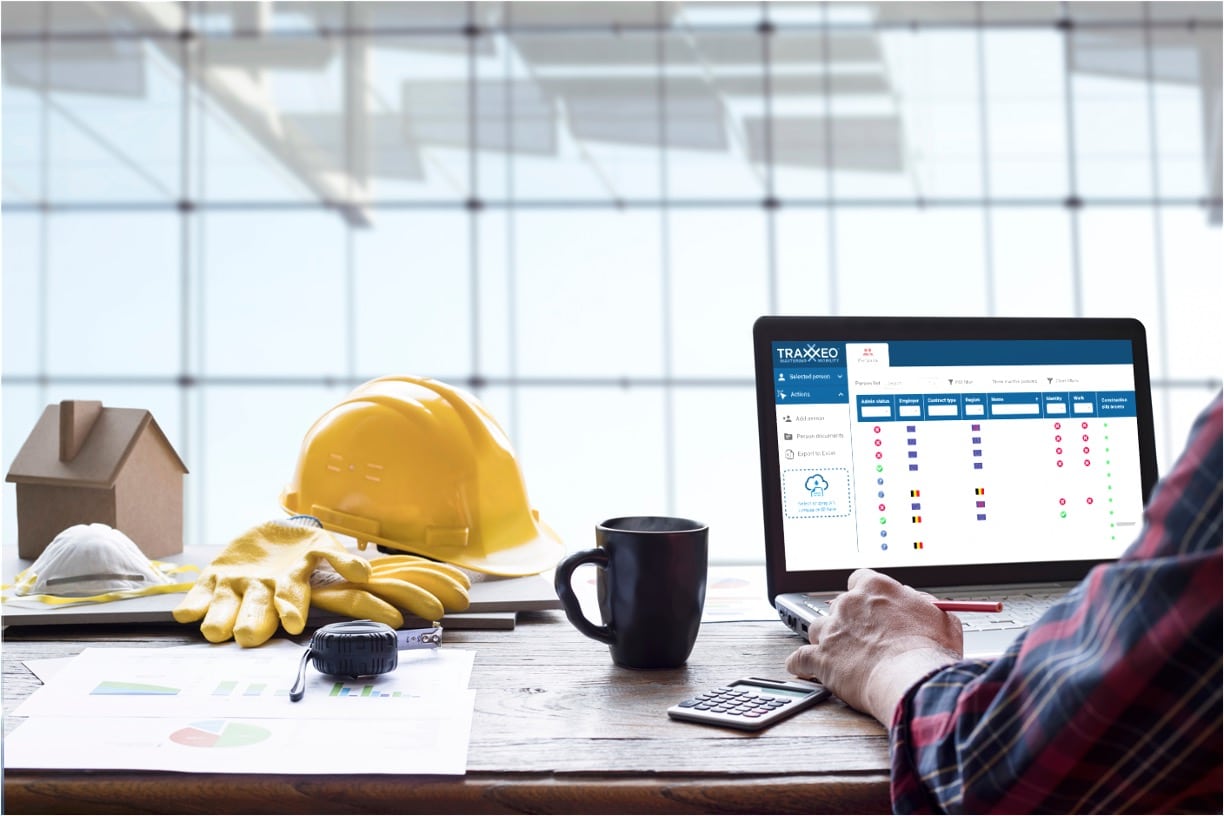From Turmoil to Control: Utilizing the Possible of Construction Document Management
From Turmoil to Control: Utilizing the Possible of Construction Document Management
Blog Article
Optimizing Project Partnership: Engineer's Best Practices in Building Paper Monitoring
In the elaborate world of building tasks, the effective monitoring of construction documents stands as a keystone for success. Amidst this intricacy lies an essential question: just how can architects enhance collaboration procedures to improve job end results?
Leveraging Cloud-Based Systems
By transitioning from standard paper-based systems to cloud solutions, engineers can streamline collaboration, enhance record ease of access, and boost general project efficiency. This ease of access advertises smooth communication and sychronisation among task stakeholders, leading to less errors and delays in the building procedure.
In addition, cloud-based systems give a safe and secure setting for storing delicate job info, supplying file encryption, regular back-ups, and customer authorization setups to safeguard data honesty. Engineers can likewise profit from the scalability of cloud solutions, allowing them to change storage capability and functionality based on task demands. Generally, leveraging cloud-based systems equips architects to enhance their building and construction file monitoring processes, driving greater collaboration, efficiency, and success in their projects.
Executing Variation Control Systems
Having established the advantages of cloud-based systems in building and construction file administration, architects can currently boost their paper control procedures by applying Version Control Systems. Version Control Systems (VCS) are important devices that track changes in documents, making certain that employee are always collaborating with the newest and most accurate information. By implementing VCS, designers can maintain a central database where all task files are kept, allowing smooth partnership while minimizing the risk of errors and version disputes.
This feature is specifically useful in construction projects where style models and adjustments are common. This transparency not only boosts liability but also aids in settling conflicts or inconsistencies that may occur throughout the project lifecycle.
Establishing Interaction Protocols
To make sure efficient and effective job sychronisation, designers must develop clear and robust communication methods within their building document administration procedures. Interaction protocols specify the methods, frequency, and channels with which staff member exchange information, updates, and feedback. One necessary aspect of developing these protocols is establishing a centralized communication system where all project-related discussions and record sharing can take location. This platform can be a project administration software, email threads, or cloud-based storage options. By setting guidelines on how details is disseminated and just how employee communicate with each various other, architects can simplify the flow of data and stop miscommunications or delays in the building and additional resources construction process.
In addition, interaction protocols ought to also include standards on how to take care of conflicts, modification orders, and immediate problems that may arise throughout the task lifecycle. Establishing a structured technique to interaction ensures that all stakeholders get on the same web page, promotes openness, and inevitably adds to the successful conclusion of the construction job.
Making Use Of BIM Software for Sychronisation
BIM software plays a critical duty in improving control among task employee in the construction industry. Structure Information Modeling (BIM) promotes collaboration by providing a centralized platform where designers, engineers, professionals, and various other stakeholders can collaborate in a worked with fashion. With BIM software, project individuals can access and upgrade a common model that includes comprehensive details about the structure style, building and construction components, and job schedules.

Furthermore, BIM software allows real-time collaboration and interaction among group participants, despite their physical location. Via cloud-based BIM platforms, project stakeholders can access the most current job info, track adjustments, and make educated choices without delay. In general, leveraging BIM software application for sychronisation improves job effectiveness, productivity, and eventually brings about successful job end results.
Ensuring Information Safety And Security and Compliance
In the realm of building paper monitoring, securing information integrity and guaranteeing governing conformity are vital factors check over here to consider for engineers and other project stakeholders. Architects need to implement durable safety and security actions to shield delicate project details from unapproved access or violations.

Final Thought
Finally, engineers can maximize project collaboration try here in building and construction document administration by leveraging cloud-based platforms, carrying out variation control systems, developing interaction methods, utilizing BIM software for control, and guaranteeing data safety and security and conformity. These ideal techniques help improve the building procedure, enhance interaction amongst job stakeholders, and enhance efficiency in project distribution. By complying with these guidelines, architects can properly take care of construction records and facilitate successful job outcomes.
Through BIM software application, job individuals can access and upgrade a common model that contains thorough information about the building style, construction elements, and task timetables.
Via cloud-based BIM systems, task stakeholders can access the latest project info, track changes, and make informed choices without delay - construction document management. Overall, leveraging BIM software application for control boosts project effectiveness, performance, and eventually leads to effective task end results
In final thought, designers can optimize project collaboration in building and construction paper monitoring by leveraging cloud-based platforms, carrying out version control systems, developing communication procedures, utilizing BIM software for coordination, and making certain information safety and compliance. These finest methods aid simplify the building process, improve interaction among task stakeholders, and boost performance in project shipment.
Report this page